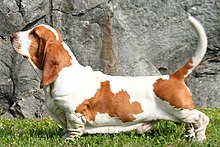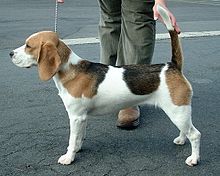
The Bloodhound, an ancient breed known for its unparalleled scent-tracking abilities, traces its origins to medieval Europe, where it was originally bred for hunting game. Characterized by its droopy eyes, long ears, and wrinkled skin, this sizable dog boasts a noble and somewhat melancholic appearance. Beneath its solemn exterior, however, lies an exceptionally keen nose, which has earned it a pivotal role in modern search and rescue missions, particularly in tracking missing persons. With a temperament that oscillates between gentle affection and determined focus, the Bloodhound is not just a proficient worker but also a devoted family companion.
The Bloodhound is a member of the AKC Hound Group.
Breed Characteristics
| Dog Breed | Bloodhound |
| Breed Popularity (AKC) | 50 |
| Country of Origin | England |
| Personality | Loyal, intelligent, good-natured, energetic |
| Life Expectancy | 10-12 yrs |
| Height | 23-27 in |
| Weight | 80-110 lbs |
| Color | Red, Black |
| Coat | Short |
| Shedding | Seasonal |
| Grooming | Weekly Brushing |
| Health Problems | Dental problems, eye issues, skin allergies |
| Trainability | Independent |
| Exercise Needs | Regular Exercise |
Bloodhound History
The Bloodhound, also known as the St. Hubert hound, traces its origin back to ancient Belgium. Monks at the St. Hubert Monastery developed this breed around A.D. 1000. Its exceptional tracking ability was soon recognized, and it was employed in England to trail game and people. In medieval folklore, its sense of smell was so revered that its tracking results were admissible in court.
Temperament
Bloodhounds, renowned for their remarkable sense of smell, are gentle and kind-hearted. While they’re undeniably intelligent, their independent streak can pose training challenges. Their behavior leans toward the calm side, but they become incredibly focused when tracking a scent. Socializing them from an early age ensures they remain affable with unfamiliar faces. Their energy level is moderate, but they relish scent-driven exercises. Their barking tendencies aren’t high, but they’re known for their unique howl, especially when on the trail.
Remember, while breed traits provide a general idea, individual dogs can have personalities that differ from the breed standard. Always spend time getting to know the dog and ensure their needs and temperament align with your lifestyle.
Grooming Requirements
Bloodhounds possess a short, dense coat that’s relatively low-maintenance. However, routine brushing helps in removing loose fur. When it comes to bathing, a good dog shampoo will keep their skin healthy and coat gleaming. Along with brushing and bathing, nail trimming, ear cleaning, and skin fold checks, given their droopy skin, are essential parts of the grooming routine.
Bloodhound Health
With a lifespan of 10-12 years, Bloodhounds require regular vaccination and flea prevention to maintain their health. Due to their droopy ears, they are prone to ear infections. A balanced diet using quality dog food and nutrition-rich treats is vital. Deworming is essential, given their tracking habits. Neutering or spaying can be beneficial, and they should be monitored for hip dysplasia and certain allergies.
Exercise Needs
Bloodhounds, with their tracking instincts, require regular exercise. Long walks and scent-tracking games cater to their nature. While they might enjoy sniffing around in a dog park, monitoring is essential to ensure they don’t wander off following a scent. Structured activities that involve their strong sense of smell offer both exercise and bonding.
Training
Bloodhounds, famed for their exceptional tracking abilities, benefit immensely from early obedience training. With clear commands, potty training is streamlined, while crate training offers a familiar retreat. Given their keen sense of smell, addressing behavior problems like unwanted tracking is essential. Regular socialization helps harness their friendly disposition and counteract any shyness.
Bloodhound Pictures
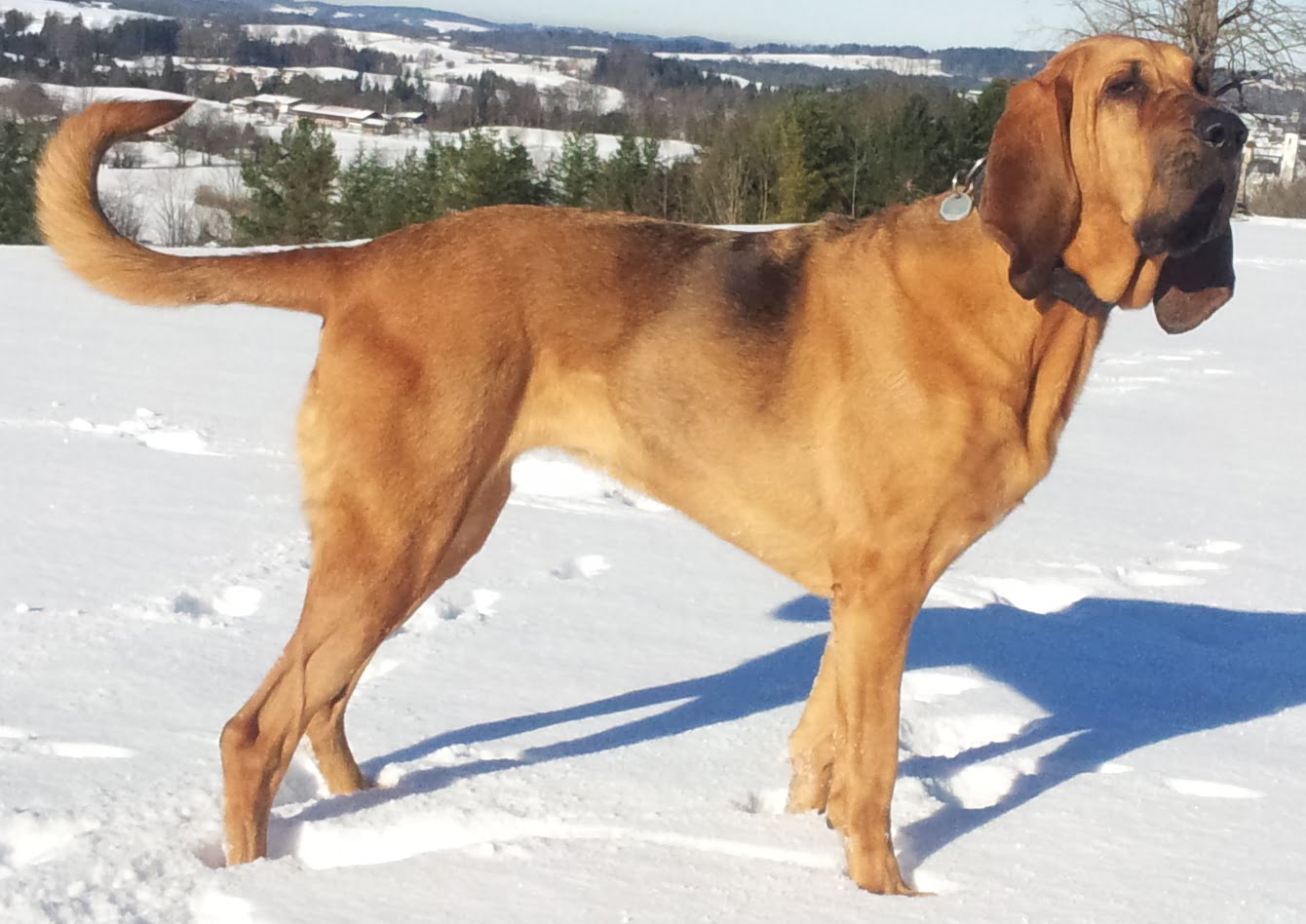
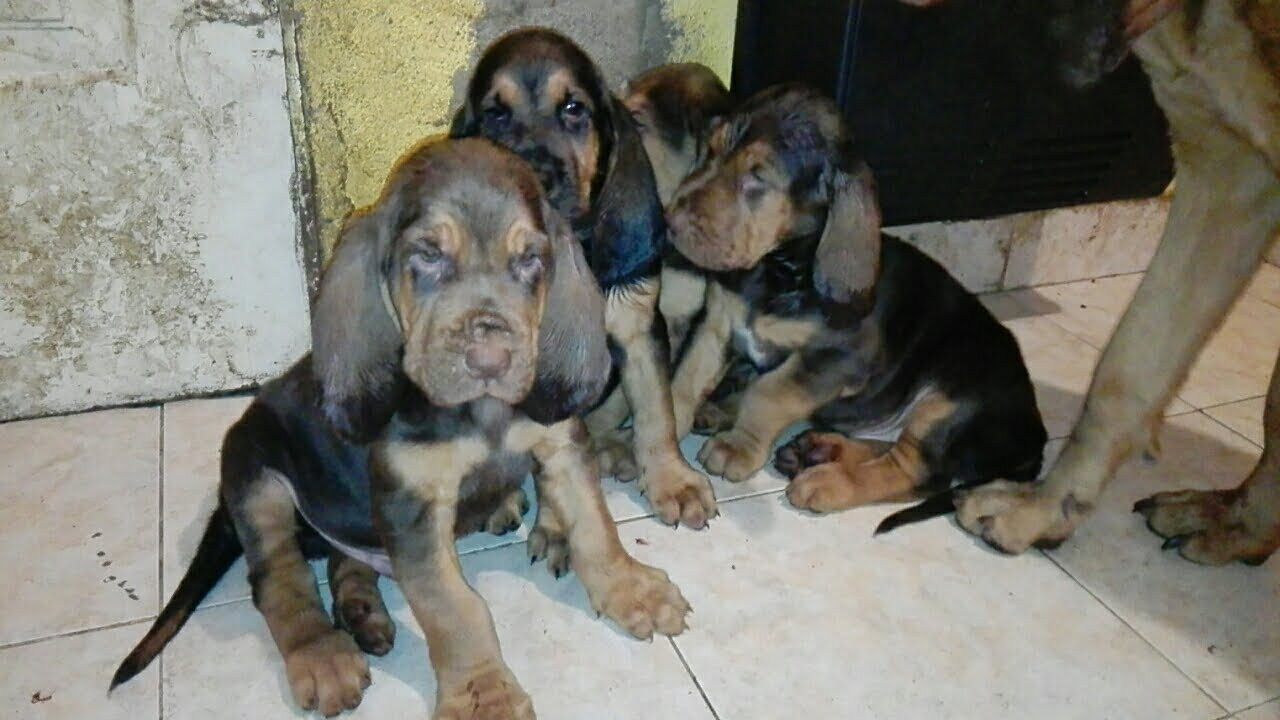
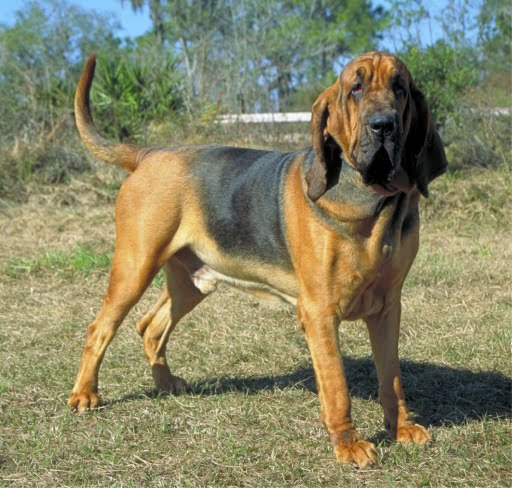
Related Dog Breeds
More Dog Resources
Are you thinking about getting a puppy? Make sure to check out our list of important questions to ask before you adopt a puppy.
We also have many resources to help, from naming your puppy to socialization resources and training tips.
Take me back to the Ultimate Guide to Dog Breeds

